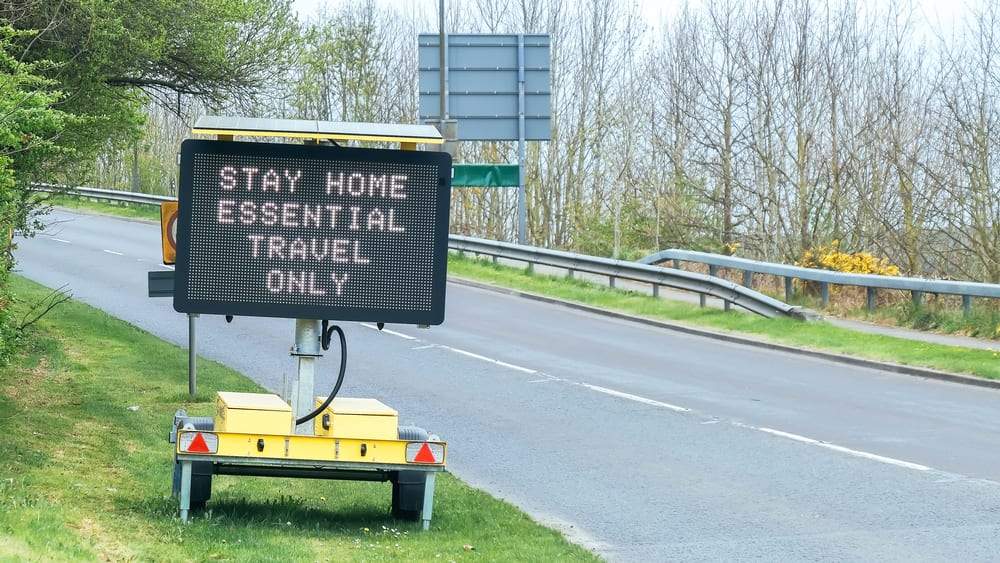We have collated here the key information relating to the recently extended CJRS (furlough scheme) that is intended as general guidance. If you require specific legal advice, please book your Free consultation call with one of our team of employment law specialists.

The Extended (CJRS) Furlough Scheme
With the introduction of new, tougher lockdown restrictions across the United Kingdom forcing many more business to close, many Employers will again be looking to take advantage of the Extended (CJRS) Furlough Scheme.
Below, we consider how the extended (CJRS) furlough scheme changed on 1 November and 1 December 2020.
How the (CJRS) Changed on 1 November and 1 December 2020
Since 1 November 2020, employers have been able to furlough employees on a flexible basis if they were on their PAYE payroll before midnight on 30 October 2020. The employer must have made a PAYE RTI submission to HMRC between 20 March 2020 and 30 October 2020, notifying a payment of earnings for any employee being claimed for. Neither the employer nor the employee needs to have used the CJRS previously.
The level of support available under the extended scheme, which currently runs until 30 April 2021, will initially mirror that available under the CJRS in August, with the government paying 80% of wages for hours not worked up to a cap of £2,500 per month for claim periods running to 31 January 2021.
The grant and cap will be reduced in proportion to the hours not worked by an employee. Employers will need to cover employer NICs and employer pension contributions on all amounts paid to an employee (including those amounts covered by the CJRS grants). They will also need to continue to pay an employee for hours worked in the normal way. As previously under the CJRS, employers are still able to choose to top up employee wages above the scheme grant at their own expense if they wish.
The government will review the operation of the CJRS in January 2021, to determine whether the economic circumstances are such that employers should be asked to contribute more.
Since 1 December 2020, employees under notice are no longer eligible and from February 2021, HMRC will also start to publish information about employers who submit claims in December and January, in order to provide greater transparency and deter fraud.
The JSS has been postponed as a result of the extension of the CJRS. It is not currently known whether it will be introduced after the CJRS ends. The JRB was withdrawn by the fifth Treasury direction following the extension of the CJRS.
HMRC published updated guidance regarding the extended CJRS on 10 November 2020, and the fifth Treasury direction on 13 November 2020 (dated 12 November 2020). Guidance for claim periods from February 2021 onwards, as well as a further Treasury direction, have not yet been published.
Here we provide more detailed Guidance on the Extended (CJRS) Furlough Scheme.
Advice & Guidance for Employers & Employees
The COVID-19 lockdown restrictions continue to present numerous and complex challenges for Employers and Employees alike. If you are experiencing challenges and require specialists advice, book a free consultation with our team of employment law specialists.
 Advice on Settlement Agreements Employees
Advice on Settlement Agreements Employees Advice on Settlement Agreements Employers
Advice on Settlement Agreements Employers


